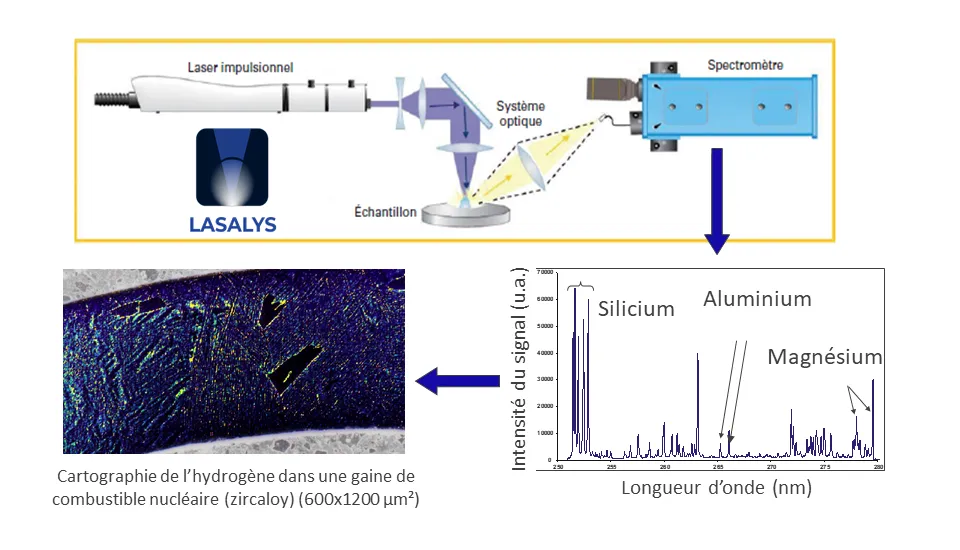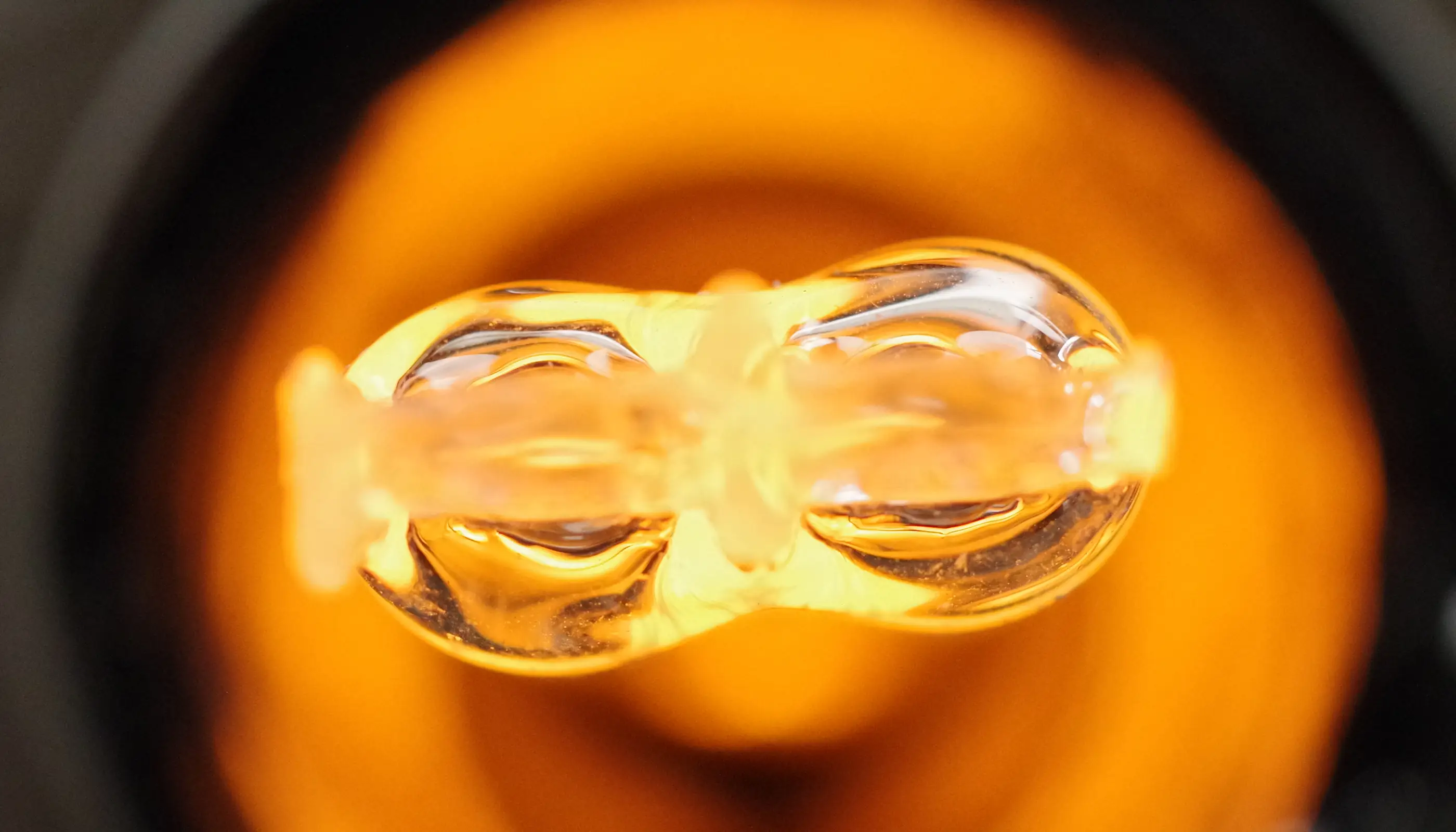Development of a standard-free quantification system in Micro-LIBS (Laser Induced Breakdown Spectroscopy)
The aim of this project is to optimize a new instrument, currently under development by LASALYS, which can provide a quantitative spatial distribution of chemical elements in materials, particularly for very light elements such as hydrogen. Very few techniques are currently available to detect hydrogen in materials, and quantitative trace analysis at the micrometric scale still presents a number of challenges. Yet this information is crucial to understanding the fatigue, ageing and fracture mechanisms of certain multimaterials.

Information on a micrometric scale
Performing analyses at the micrometer scale, where the material is often heterogeneous, requires moving towards micro-LIBS technology, which calls for specific technological and data processing developments. The aim is to define an analysis and data processing protocol that is reliable, reproducible and accessible without the use of specific standards.
At present, this technique allows quantitative measurements of hydrogen only when prior calibration is carried out with standards of the same type as the material under study. The aim is to make these micrometric-scale quantitative measurements as easy as possible.
A wide range of applications
The expected results will help to improve the characterization of increasingly complex materials in cutting-edge sectors such as new energies, aeronautics and transport, and in particular to provide a quantitative technique for the analysis of light elements that no other method can achieve at present.
Academic laboratories
ICMN – CNRS / University of Orléans
GREMI – CNRS / University of Orléans
Industrial partner
LASALYS, Orléans (45)
Funding
171k€ over 3 years
from regional funds (ARD CVL)
Recruitment
2 Master's trainees
Contact
Caroline Andreazza caroline.andreazza@univ-orleans.fr


